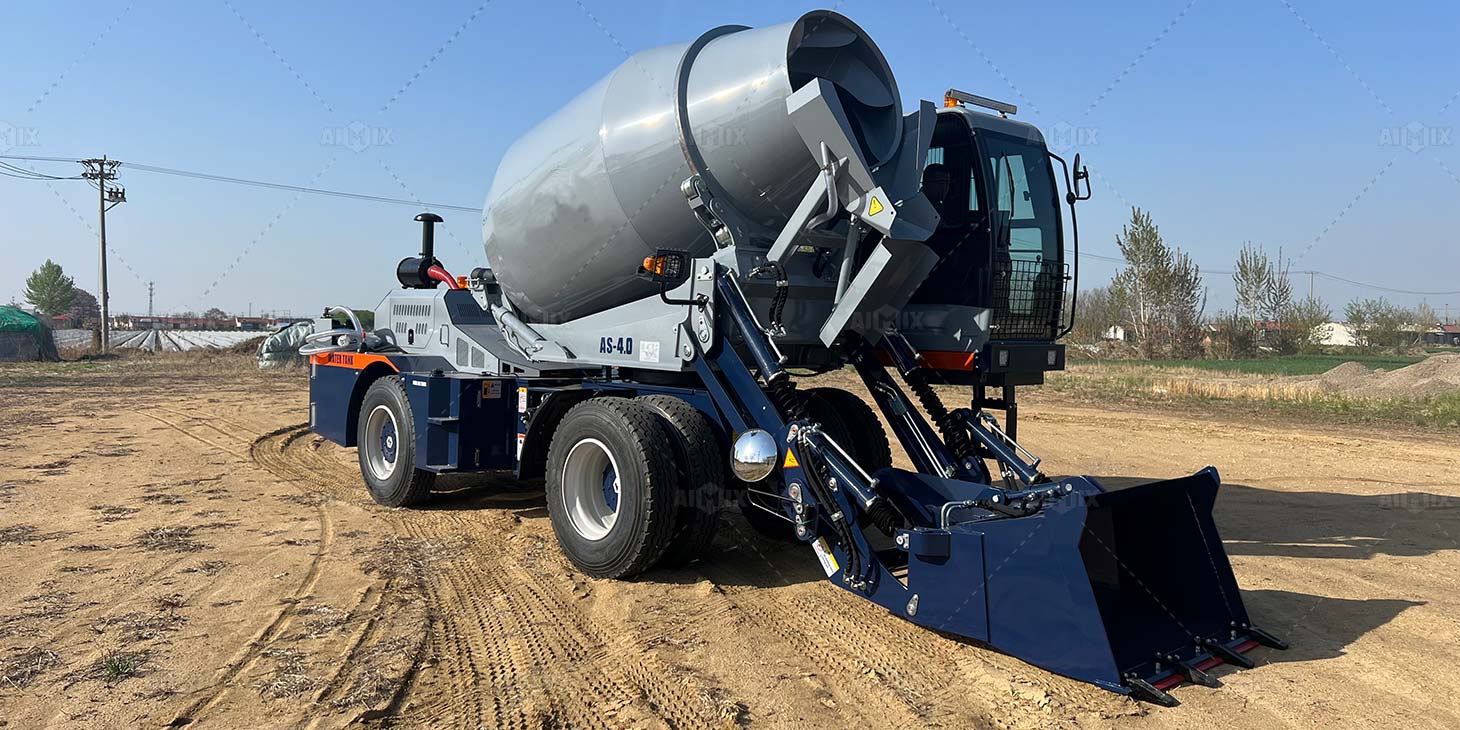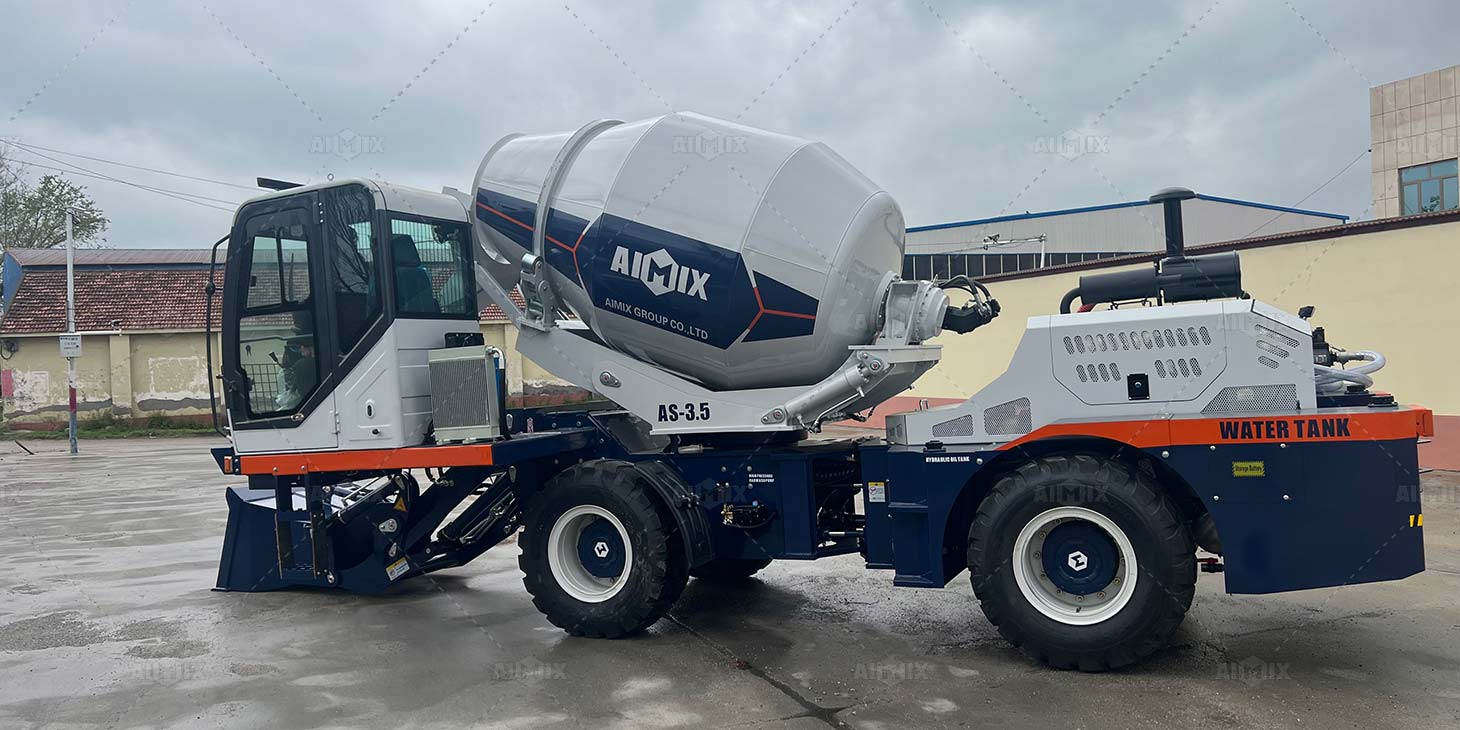Operating self-loading concrete mixers on construction sites can significantly enhance productivity and efficiency. However, it is crucial to prioritize safety to prevent accidents and ensure smooth operations. In the bustling and diverse environments of Indonesian construction sites, adhering to safety protocols is even more vital. Below are some essential safety tips to keep in mind while operating self-loading concrete mixers.
Pre-Operation Safety Measures
Before starting any work with a self-loading concrete mixer, it is important to conduct thorough safety checks and preparations. This ensures that the self loading concrete mixture is in optimal condition and that the site is safe for operation.
Inspecting the Equipment
Before commencing operations, inspect the self-loading concrete mixer thoroughly. Check for any signs of wear and tear, leaks, or other potential issues. Ensure that all components, including the hydraulic systems, mixing drum, and wheels, are functioning correctly. Regular maintenance and servicing are crucial to keep the equipment in top shape and prevent unexpected breakdowns.

Ensuring Proper Training
All operators must receive comprehensive training on how to use the self-loading concrete mixer safely. This includes understanding the control mechanisms, safety features, and emergency procedures. Training should also cover the specific challenges and conditions of Indonesian construction sites, such as weather patterns, terrain, and local regulations.
Operational Safety Practices
During the operation of the self-loading concrete mixer, certain practices must be followed to ensure the safety of the self loading mixer operator and other site personnel. These practices help mitigate risks and maintain a safe working environment.
Personal Protective Equipment (PPE)
Operators should always wear appropriate personal protective equipment (PPE). This includes helmets, gloves, safety goggles, high-visibility vests, and sturdy footwear. PPE is the first line of defense against injuries and accidents. Ensuring that all PPE is in good condition and worn correctly is essential.

Safe Operating Procedures
Follow the manufacturer’s guidelines and the site’s safety protocols while operating the mixer. Avoid overloading the mixing drum, as this can cause instability and increase the risk of tipping. Be mindful of the mixer’s speed and maneuverability, especially on uneven or slippery surfaces. Maintain clear communication with other site workers to prevent collisions and other accidents.
Post-Operation Safety Protocols
Once the concrete mixing tasks are completed, several post-operation safety measures should be observed. These steps ensure the safe shutdown of the equipment and prepare it for future use. Learn more details about the mixer operation: https://concretemixerwithpump.com/self-loading-mobile-concrete-mixture/.
Proper Shutdown Procedures
After completing the mixing and pouring tasks, follow the proper shutdown procedures for the self-loading concrete mixer. Turn off the engine, secure the equipment, and engage any safety locks or brakes. This prevents unintended movement and ensures that the mixer is safely stored.
Cleaning and Maintenance
Regular cleaning and maintenance are vital to the longevity and safe operation of the mixer. After each use, clean the mixing drum and other parts to remove any residual concrete. Perform routine maintenance checks, such as oil changes and hydraulic fluid top-ups, to keep the equipment in optimal condition. Keeping detailed maintenance records can help track the condition of the mixer and schedule necessary repairs.
Conclusion
Ensuring the safety of operators and other personnel on Indonesian construction sites is paramount. By following these safety tips for operating self loading concrete mixer in Indonesia, you can minimize risks and create a safer working environment. Regular inspections, proper training, adherence to safe operating procedures, and diligent post-operation protocols are essential to achieving this goal. Prioritizing safety not only protects workers but also enhances the overall efficiency and productivity of construction projects.